lots riding on g20 this weekend are we gonna get a move to tariff all Chinese goods at 25% and it’s driving a lot of interest among American brands in Vietnam as a hedge cuz this country already makes things like touch screens for your iPhone Ford Focuses brake cables and all of that take a look at this table out of JPMorgan they went and looked at for retailers the estimated price hike you would need to offset a move to the full 25% this assumes no mitigation from a vendor negotiation nothing from Forex 21% of Costco 18 at Best Buy about 17 at Walmart and Target so it’s really no surprise that the factories here are in the catbird seat customers are calling saying hey can I add more to my or by long-standing order we went to one factory that makes Nike fleeces and jackets for Calvin Klein obviously their phone is ringing off the hook we’re going to show you more of that coming up in the 8:00 a.m. hour the question then is for Vietnam where are they going to find the workers to make all this new stuff vocational schools are a big deal here the government has a goal of training two million people in vocational schools China’s been doing that for two decades so they have a huge army ready and waiting obviously we talked to one professor at this school about whether the Vietnamese really want this kind of training a lot of them still want to the flow the Academy system not a university to to learn which cost with five years of four years so it’s not easy to them for them to choose or to change to vocational system so thus we are still lacking people to work in so high yeah I mean high skill area so all day today we’re gonna take you inside the factories here in Vietnam that are seeing more activity we’re going to show you the ports and talk about whether or not they can move this stuff out of the country even if they were able to make it and then we’ll ask the question what if there’s a deal at g20 or sometime in the next few weeks do all of Viet Nam’s dreams of taking that mantle from China simply go away so a lot of coverage coming up today live from Hanoi pretty excited about it well Carl that’s what I was gonna ask you about I mean we spoke with the head of Brooks running shoes who told us that he had moved his production out of China trying to get into Vietnam before they were full up but there was just going to be a time when Vietnam couldn’t take any more additional players trying to come in how complicated is that though once you’ve moved your supply chain do you think it’s likely that people would switch back to China even if there was a deal to come because you know that it’s not an easy it’s not like flipping a switch and saying okay we’re moving here oh no it’s so complicated just a vet Bend of the vendor find the inventory get the distribution as we said so you’re right it’s hugely complex and you gotta also consider your mark your category diem pricing power what’s price elasticity like in that category I would say in things like shoes
and footwear and apparel it’s a lot easier than in high-tech where you’re really relying on workers that have high skill level but that’s a key concern for Vietnam they’d already been stealing share from China because China’s labor costs have been going up over time so Vietnam could sort of argue how you get a deal on your labor here but now that Samsung’s here they’ve added a new cellphone factory wages here are beginning to creep up so it’s a really interesting story I would not want to be a supply chain manager these days it’s really complicated is the labor component almost equivalent if they’ve kind of crept up in both markets
well obviously China’s got a hundred in Guangzhou alone where they make a lot of this stuff standing army of tens of millions of migrants that come into the cities to work this population of Vietnam is 95 million people a portion of that in manufacturing so they don’t have nearly the available workforce to get people coming in from the countryside the other thing back is that Vietnam is kind of an agrarian economy that the world’s third largest exporter of rice and they’re not just going to simply give that up to take a chance that working in a sewing factory is going to be a lifelong occupation so they’re trying to manage their risk as well



